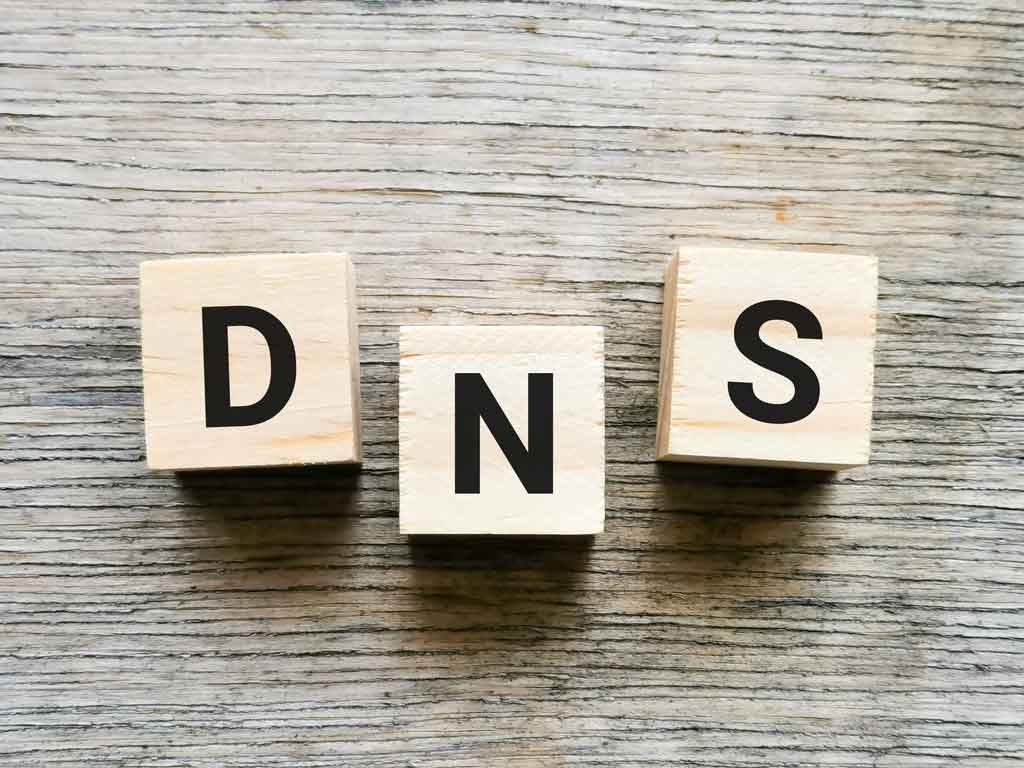The Domain Name System (DNS) is a cornerstone in the cybersecurity landscape, often overlooked in discussions about Zero Trust. This article aims to highlight the crucial role of DNS, traditionally associated with mapping domain names to IP addresses, and its significance in establishing digital identities, a key aspect of Zero Trust security.
The Intersection of DNS and Digital Identities
Digital identities, fundamental to online security, often rely on certificates for authentication. These certificates are more comprehensive than merely signed domain names; they include critical details about the issuer, the validity period, and public encryption keys. DNS plays a vital role in this context by translating domain names into IP addresses. This translation is crucial in a digital environment, especially in dynamic settings like Kubernetes, where IP addresses for pods are dynamically generated and can frequently change. The integrity and accuracy of DNS query resolution, therefore, become paramount in a Zero Trust framework, where every request is subject to rigorous verification.
Understanding DNSSEC: A Deep Dive
DNSSEC (Domain Name System Security Extensions) is a suite of extensions to DNS that provides a layer of security to the DNS lookup and response process. Its primary function is to prevent attackers from tampering with or spoofing DNS data:
- Digital Signature Creation: In DNSSEC, DNS records (like A, AAAA, CNAME, etc.) are signed by the entity responsible for the domain, typically using a private key. This signing process creates a digital signature for each DNS record.
- Public Key Distribution: The corresponding public key is then placed into a DNS record itself, allowing others to validate the signature. This public key is usually stored in a DNSKEY record in the DNS.
- Validation of Responses: When a DNS resolver receives a DNS response, it uses the public key to validate the digital signature. If the signature is valid, it confirms that the DNS response is authentic and hasn’t been tampered with. If the validation fails, the resolver can reject the response, mitigating the risk of DNS spoofing or poisoning.
- Chain of Trust: DNSSEC establishes a chain of trust from the root DNS servers down to the individual domain. The root DNS zone has its own key, which is used to sign the keys of the top-level domains (TLDs, like .com, .net, etc.). This process continues down the hierarchy, with each level of the DNS structure using its key to sign the keys of the level below it.
- Dealing with Dynamic IP Addresses: DNSSEC is compatible with environments where IP addresses are dynamically assigned, such as in Kubernetes. While the IP addresses may change, the signing of DNS records ensures that the authenticity of the DNS response can still be validated, regardless of the IP address it points to.
- Key Rollover: To maintain security, keys used in DNSSEC need to be periodically changed in a process known as key rollover. This process is carefully managed to maintain the integrity of the DNSSEC chain of trust.
- Extended DNSSEC Records: DNSSEC introduces new record types (like RRSIG, DNSKEY, DS, and NSEC/NSEC3) to handle the signing and validation process.
By implementing DNSSEC, organizations can significantly enhance the security of their DNS infrastructure, making it an essential component in a comprehensive cybersecurity strategy, especially in architectures that rely on Zero Trust principles. DNSSEC helps ensure that the information received from DNS queries is accurate and has not been altered, providing a stronger foundation of trust in internet communications.
The Role of Domain Structures in Identity and Access Management
Domain structures are vital in technologies like LDAP (Lightweight Directory Access Protocol) and directory services. They provide a hierarchical mechanism to define individual identities, roles, and organizational structures, key for managing tenancy and compartmentalization in Zero Trust environments, enabling precise access control based on verified identities.
Learning from the Past: The Sea Turtle Campaign
The Sea Turtle DNS hijacking campaign, discovered in 2019, serves as a stark reminder of the vulnerabilities associated with DNS. This sophisticated cyber espionage operation targeted entities globally, including government, energy, and telecommunication sectors. Attackers compromised DNS by manipulating domain registrars and DNS providers, redirecting traffic to malicious servers. This led to significant breaches, enabling credential theft and long-term access to sensitive networks. The Sea Turtle campaign underscores the catastrophic potential of compromised DNS in undermining digital identities and trust.
KubeZT: Securing DNS Resolution in Kubernetes
In Kubernetes environments, KubeZT excels by prioritizing DNS security, particularly through DNSSEC implementation. This ensures trusted and secure DNS resolutions, crucial in Zero Trust architecture. KubeZT’s ability to establish comprehensive trust domains, integrated with authentication protocols like Kerberos, LDAP, SAML, and OIDC, allows for consistent identity verification, enhancing the security of the entire Kubernetes environment.
Conclusion
The role of DNS in Zero Trust security is both critical and often underappreciated. Solutions like KubeZT, which ensure DNS integrity and reliability, are essential in establishing a robust Zero Trust environment. Securing DNS is not just a technical necessity; it’s a strategic imperative in the pursuit of comprehensive cybersecurity.








